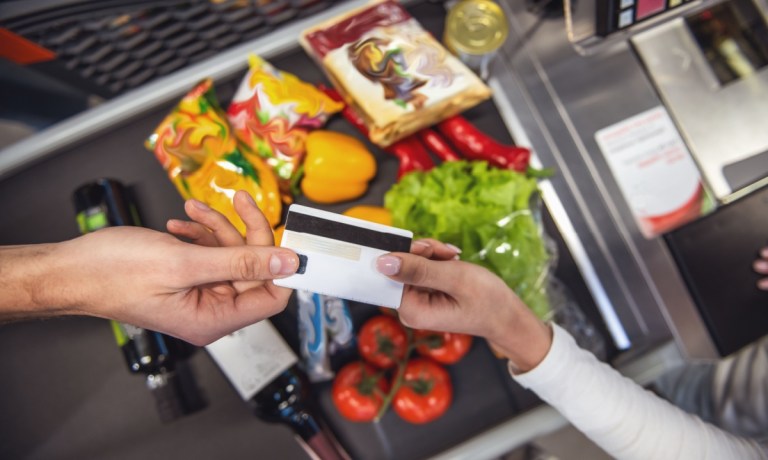
Consumers’ total outstanding credit grew at a seasonally adjusted annual rate of 2.1% in August, after rising at a rate of 6.3% in July and 0.8% in June.
Total consumer credit outstanding stood at $5.098 trillion at the end of August, the Federal Reserve said Monday (Oct. 7) in its monthly report on consumer credit outstanding.
During the month, revolving credit decreased at an annual rate of 1.2%, while nonrevolving credit increased 3.3%, according to the report.
The $8.9 billion growth in total consumer credit was lower than the $11.8 billion consensus forecast, Seeking Alpha reported Monday.
Economists surveyed by Bloomberg expected an increase of $12 billion, Bloomberg reported Monday.
The slower rate of growth was due in part to the largest drop in credit card balances seen since March 2021, which suggests that consumers are working to reduce those balances because of credit card interest rates that reached a record high in August, according to the report.
Although the Federal Reserve reduced its benchmark rate by one-half percentage point in September, it will be a while before that results in lower financing costs for consumers, the report said.
It was reported Monday that credit card issuers have been raising interest rates on the cards and adding new fees to make up for revenue they may lose from a cap on late fees.
A Consumer Financial Protection Bureau (CFPB) rule that would cap late fees at $8 remains tied up in court, but card issuers and banks have been looking to offset potential losses it may cause.
Consumers have been struggling with higher credit card interest rates, with lower-income consumers finding it harder to make payments and 9.1% of credit card balances entering delinquency in the last year — the highest rate in over a decade.
Forty-three percent of consumers revolve their debt, according to the PYMNTS Intelligence and LendingClub collaboration, “New Reality Check: The Paycheck-to-Paycheck Report: The Credit Card Use Deep Dive Edition.”
The share of consumers who revolve their debt rises to 65% for those who live paycheck to paycheck with issues paying their bills and to 51% for those who live paycheck to paycheck but without issues paying their bills, the report found.